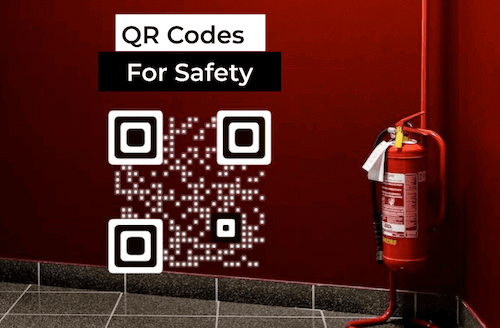You probably know that QR Codes were first developed for the purpose of tracking in the automobile industry. And they eventually took off in other industries for a wide range of use cases.
For example—you can now easily find QR Codes at the bill desk of grocery stores to make payment. Or on product packagings to access in-depth product details and user manuals. Or even on print media promotions to get a discount coupon or visit a website.
We earlier showed you how they’re being used for anti-counterfeiting. And in this article, you’ll learn how QR Codes are helping in security across six different industries.
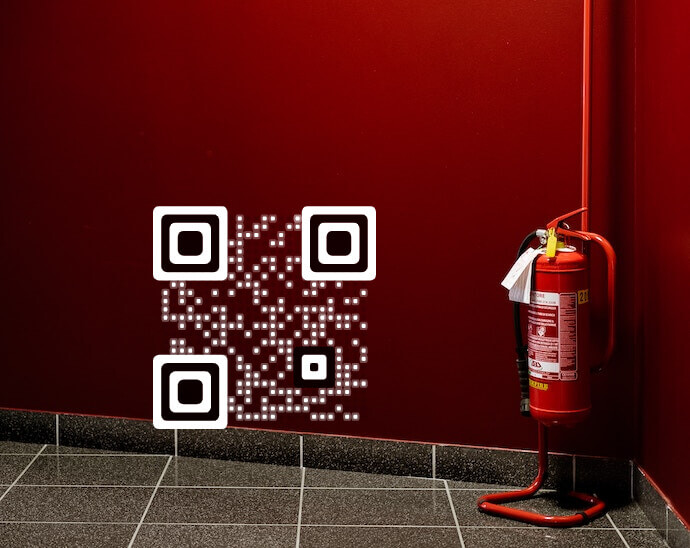
1. To secure construction workers
You know how chaotic a construction site is. it involves many heavy machines and lots of workers hustling day-in and day-out. Hence, the risk of accidents also increases. So worker safety remains a huge concern.
And to ensure their safety, QR Codes are being used in three different ways:
a. To educate them on the use of equipment
Construction involves many machines and equipment. And using them the right way is the key to reduce the risk of injuries and accidents.
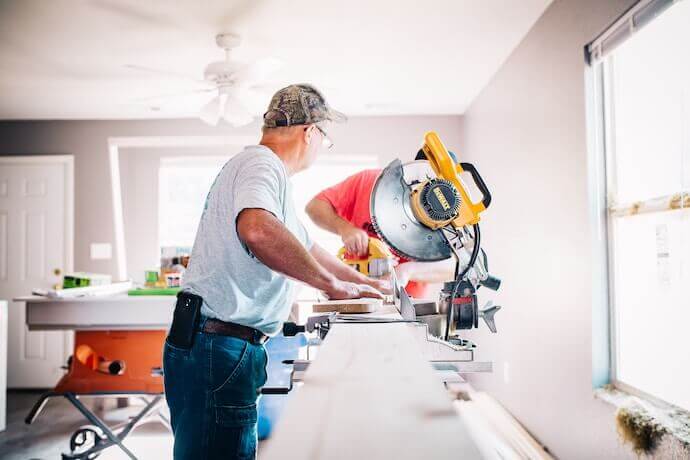
While training the workers well is important, it is also important to give them a detailed account of how to handle the required equipment.
To do it, Safe Work Australia—an Australian government body—created videos to demonstrate various construction activities. Some of these were—how to use a nail gun and truss erection project.
These videos were then linked to QR Codes. Construction workers could scan the QR Codes to access the video.
b. To safeguard working at heights
Working at heights is a common activity during construction. But it is also one of the most high-risk activities.
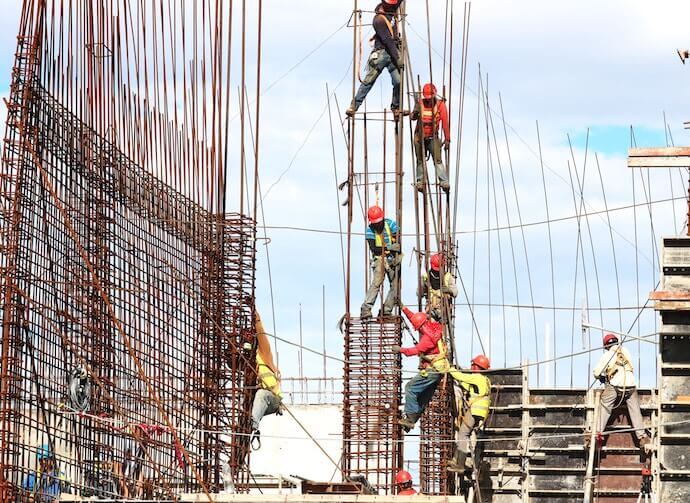
To safeguard workers working at heights and reduce the risk of falls, the Ministry Of labor (Ontario, Canada) started an initiative in 2018.
Ministry inspectors gave QR Code cards to the workers. These QR Codes linked to downloadable information on working at heights and fall prevention.
c. To provide medical details during emergencies
In case of accidents at construction sites, the medical details of the worker are important. They help give effective treatment.
To relay such details, a UK-based construction company—Blu 3—used QR Codes. They added QR Code stickers on all the workers’ helmets. When scanned, these QR Codes revealed the worker’s name, contact details, ID proof, training history, and medical history.
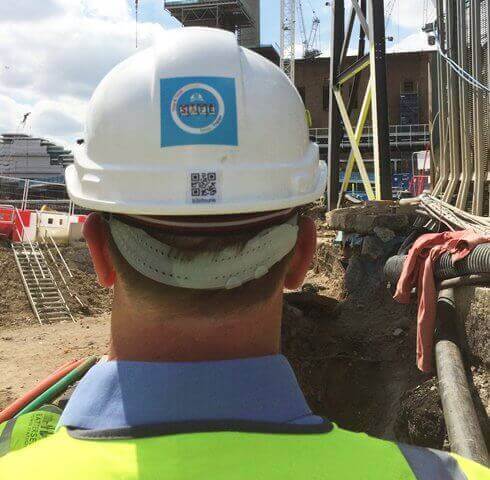
Hence, in case of emergencies, all the necessary details could be retrieved for the right treatment.
2. For passenger safety during travel
If you travel via cabs or taxis, you know how important it is to know your driver’s details. It helps you in case the driver misbehaves, drives carelessly, or takes the vehicle via a suspicious route.
To ensure passenger safety during such incidences, the police force in Mumbai (India) uses QR Codes.
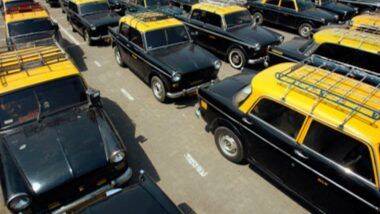
Each driver gets a QR Code to be pasted on the vehicle. This QR Code links to information such as driver’s name, vehicle information, and permit details.
Passengers can scan this QR Code to access these details and even call the police. They can also use the QR Code to file a complaint if needed.
3. To ensure food safety
When you dine-in at a restaurant or an eatery, you look for good ambiance and food for your money.
But how exactly do you know whether the outlet adheres to good hygiene standards?
To help customers know that, Dubai Municipality has undertaken QR Codes. Here’s how the system works:
a. Each restaurant/eatery is given a grade in terms of hygiene and food safety standards
b. For every outlet, this information is linked to a QR Code
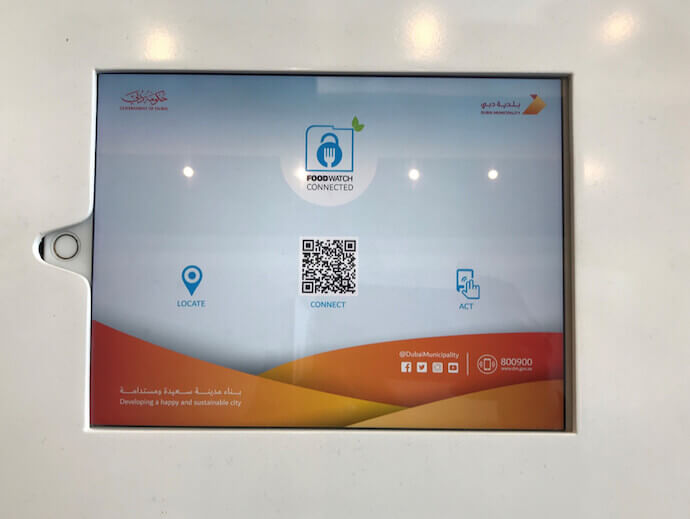
c. Restaurants need to display these QR Codes. And customers can scan it to see the grade and decide if they’d dine-in or not
Mariam Saeed Hareb Al Muhairi, the Minister of State Food Security, Dubai said:
“These initiatives are important for food security purposes. They elevate food safety in the country to improve the country’s food security rankings.”
4. To ensure a better healthcare system
Patient information is not only important for efficient treatment but also for investigation during accidents and crimes.
To ensure access to such information, the Turkish healthcare system devised QR Codes. Each patient in the healthcare setup is given a QR Code ID tag. It can be worn as a necklace, a bracelet, or simply an ID card.

When scanned, it shows information depending on the hierarchal level of the user. For example—a regular smartphone user can access the patient’s emergency contact number. On the other hand, authorized personnel such as paramedics can also get detailed information and medical records.
It helps emergency medical responders provide accurate and effective treatment.
5. To provide protection against environmental hazards
The awareness of the presence of harmful particles in the atmosphere is important. And if you’re working in such an environment, this information becomes necessary for you. It helps you take the required preventive measures for your health.
In Jun 2019, a UK-based risk management body—Lucion Services—took one such step. They created QR Codes for contractors, tradesmen, and buildings maintenance personnel for safety against asbestos. Asbestos is a naturally occurring silicate mineral that is potentially cancerous.
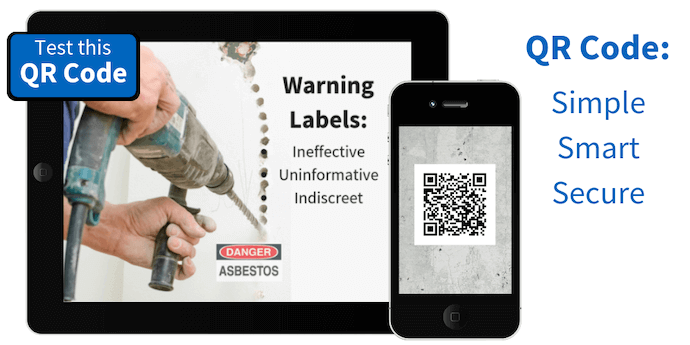
They created labels with QR Codes having information on the presence of asbestos at that location.
This information can help concerned people work carefully to avoid any disturbances in such areas. This is because asbestos (in good condition) is not risky when left undamaged.
Patrick Morton, CEO, Lucion Services, said:
“Using QR Code asbestos warning labels availability and accessibility to the asbestos-containing material (ACM) present. It helps eliminate the misunderstanding about the location or condition of any ACMs.”
6. To ensure safety during road accidents
Whenever a car crash happens on road, the rescue team rushes to evacuate the passengers. And to do that, they even have to cut through the car’s body at times.
But the problem here is—not every car is the same. They are all different in terms of the location of airbags, fuel tanks, and electrical set-up. Knowing these locations is important to cut through the body correctly to get to the passengers and avoid any further mishaps.
And to ensure it, Mercedes Benz, a German automobile manufacturer, is using QR Codes. It adds a QR Code on the B-pillar and on the fuel door of the car. When the first response team arrives, they can scan this QR Code to get relevant information and choose the safest areas to cut-in.
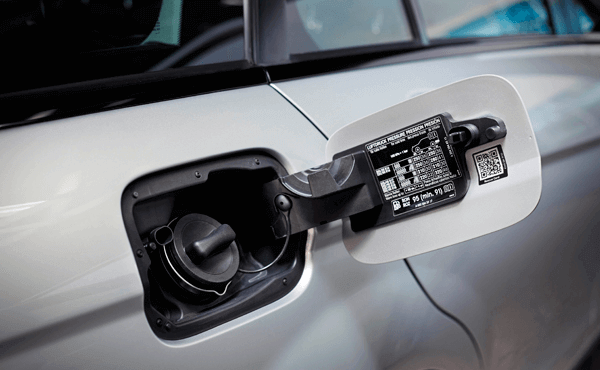
Randy Schmitz, an Extrication Specialist, said:
“If I already know where to disconnect the 12 volt battery, I don’t have to spend time looking for it. It helps me and my crew to work safely.”
These are six use cases of QR Codes for safety purposes across different industries. Since they are user-friendly and easily scannable, they can be used anywhere.
Thinking of using QR Codes to ensure safety for one of your use cases? Get started now:
[cta1 caption=”Create a QR Code for your processes now” content=”Create a visually-appealing and dynamic QR Code to ensure security. Free Trial.” buttontext=”Create QR Code now” destination=”https://scanova.io/design-qr-code-generator.html?utm_source=yt_sd_qr-codes-for-safety_cta&utm_medium=blog&utm_campaign=content#/chooseqr/” image=”https://scanova.io/blog/wp-content/uploads/2015/07/qrcode-35-1.png”]